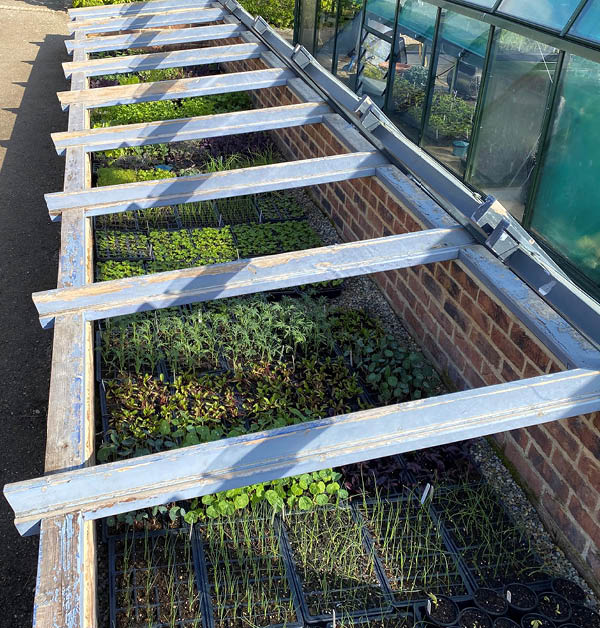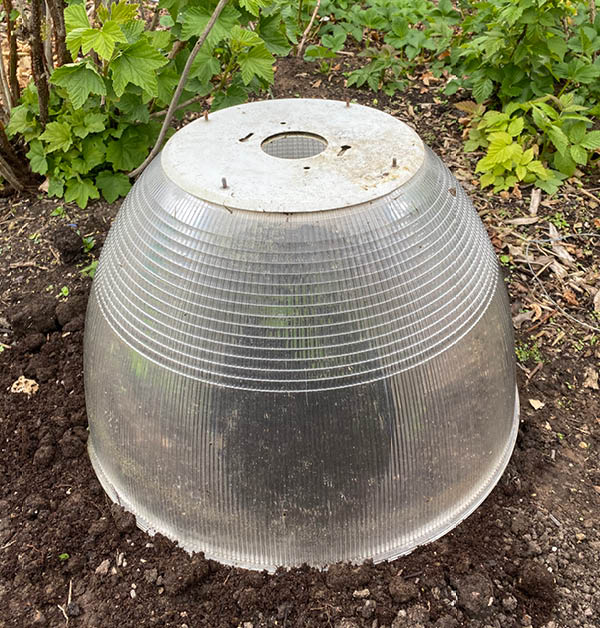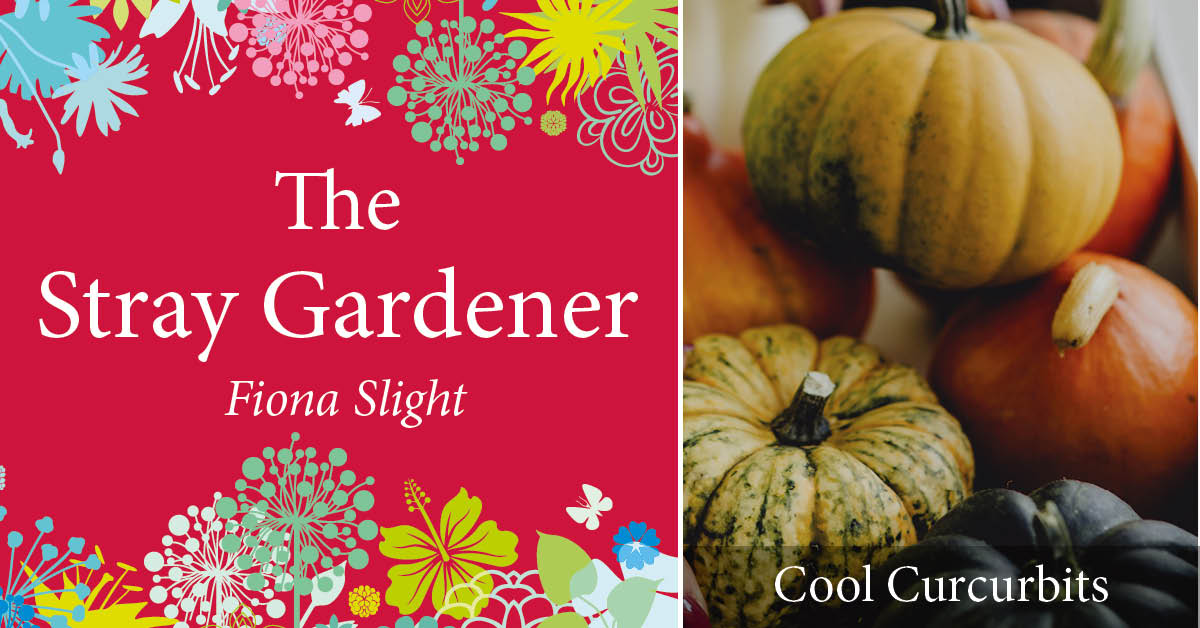 The Stray Gardener is written by Rudding Park’s Kitchen Gardener, Fiona Slight.
The Stray Gardener is written by Rudding Park’s Kitchen Gardener, Fiona Slight.
Fiona has worked in horticulture for more than 30 years in the UK and abroad, and specialises in growing fruit and vegetables for fine dining.
If you have the room, courgettes, pumpkins and squashes are well worth growing, producing tasty fruit with a variety of uses in the kitchen. May is the perfect time to get these plants growing.
Why not grow pumpkins for lanterns at Halloween? Any pumpkin variety will do, with ‘Jack O’ Lantern’ being a good option if you want the authentic orange skin. Squashes are a much better option for cooking as they have a very sweet, full flavour. ‘Crown Prince’, ‘Honey Boat’ and ‘Harrier’ are all varieties that I have tried with great success, even if I do say so myself!

Squash plants can be grown up frames
Pumpkins and squash do need a bit of room to grow, but are fantastic for covering areas of soil to keep down weeds, so if you have an area of ground you struggle to keep under control, this may be the option. However, for smaller areas they are great for growing up trellis or supports, especially a variety called ‘Uchiki Kuri’, a very decorative squash that also tastes fantastic.
Courgettes don’t tend to trail, so can be a good option for a smaller garden or for a container on the patio, producing large amounts of fruit from one plant. Cultivars such as ‘Midnight’, ‘Defender’ and the yellow ‘Gold Rush’ are a good option for containers and the open ground.

Cold frames are useful to harden off plants ready for planting out
Seeds are best sown inside in early May on their sides and singly in pots or large module trays, and planted out in late May/early June. Any earlier and they could be damaged by late frosts and bad weather. It’s advisable to harden them off gradually before planting out. A cold frame or other container that can be covered over at night will do. As long as they are all planted in good, moisture retentive compost or well-rotted manure, and are kept well-watered and fed, you can’t go too far wrong.
It’s a good idea to protect with cloches when first planted to guard against frost and cool weather. They also need to be protected against slugs when first planted.

Recycled factory lampshade used as a cloche for protecting the planted squash
Five more tips and tricks for your garden in May:
- Keep up with weeds. Try to get them before they flower and seed to help break the cycle. Consider where to remove weeds from: are there areas you could leave to encourage wildlife?
- Plant out dahlias later in the month, either in large pots or the ground. Keep some horticultural fleece handy to cover them with if a late frost is forecast.
- Keep sowing salad leaves successionally to ensure you have a good supply of leaves all summer long.
- Plant out bedding plants no earlier than the third to last week in May. It may even be beneficial to wait until the beginning of June if you know you are in a particular area for frost.
- Ensure peas and beans are properly supported when you plant them. We use twiggy branches from trees and shrubs for a decorative and practical look.
Read More:




